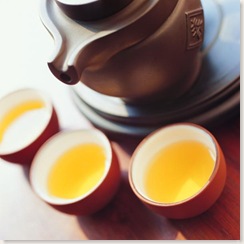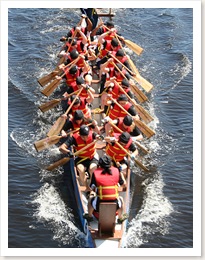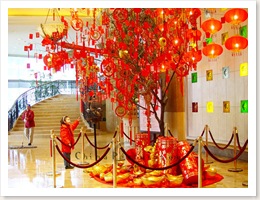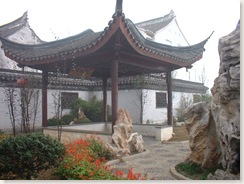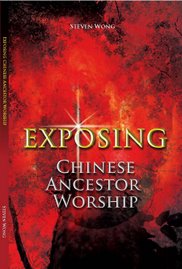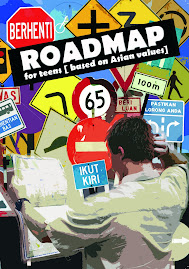Along with many other cultures (including worshiping ancestors), the culture of Chinese Tea spread to Japan, Korea and also the rest of the world.
Traditionally, China had been the source of culture for Japan and Korea. Besides, Chinese tea, Japan and Korea absorbed many other material and spiritual arts from China too. Japanese and Korean students studying in china were the first to be introduced to this Chinese culture.
It was in 593 AD, during the reign of Emperor Wendi of the Sui Dynasty (581-601AD), that China introduced teat to Japan together with other cultures, art including Buddhism.
In 804AD, some of the monks of the Japanese sect of Buddhism (Japanese Tiantai Sect of Buddhism) came to China to learn. It was during the reign of the Emperor Dezong of the Tang Dynasty. The next year, they returned to Japan with Buddhist scriptures including Chinese Tea seeds, which were planted on the mountains of Japan.
They learnt how to use stone mortar to process the tea, as well as the skills of processing tea by steaming, pounding and roasting. Soon, the Japanese were encouraged to drink tea like the Chinese people of the Tang Dynasty.
They boiled cake tea, and added condiments such as sweet kudzu vines and ginger. However, due to the limited supply of tea, only the rich and Japanese of royalty, including the Buddhist monks had the privilege of drinking tea.
During the reign of Emperor Hirayasu, there was almost no contract between Japan and China. This was during the 200 years from the Five Dynasties (907 – 960AD) to the Song and Liao Dynasties. Tea drinking soon became extinct.
It was not until the Southern Song Dynasty (1127-1279AD) that a Japanese monk called Eisai reintroduced tea to Japan. He studied in China at the age of 21. In his explorations in Mingzhou Prefecture, Zhejiang Province, he traveled through mountains and visited many temples. Tea drinking in China was very prevalent then, and he immersed himself in the Chinese tea culture as he lived in China for 24 years. He learnt the skills and art of Chinese tea.
After Eisai returned to Japan, he planted tea trees and wrote the book, “Health Preserving by Drinking Tea” which incorporated many of the principles of Tea Culture by Lu Yu in his book, “The Book of Tea”. Eisai became known as the founder of the art of Japanese Tea.
During the Yuan (1271-1368AD) and Ming (1368-1644AD) dynasties, Japanese monks continued to come to China. They continued to master tea drinking skills from the Buddhist monks and scholars, and later created a Japanese branch of Tea art. They improved on the Chinese tea art and also refined the skills of planting, producing and drinking tea.
As for Korea, tea was introduced from China to Korea from 632-646AD. It was found on a tablet inscription for Zhenjian, a prominent Korean monk (755-850AD), written “If Chinese Tea is received again, put it into a stone pot and boil it with firewood.”
Later tea drinking became a temple ceremony initiated in Korean temples. The Koreans were particular about the source of good water for the process of making Tea. They paid attention to the art and the quality of water used.
In 828AD, during the reign of Emperor Wenzong of the Tang Dynasty, a Korean envoy to China, brougt back with him Tea seeds from China to Korea. From then on, the Koreans began to plant and produce tea.
Presently, Korea produce more than 1.5 million kilograms of tea annually in over 1334 hectares of major tea plantations.
Author:
Though tea drinking was culturally Chinese, the tradition of this drink had spread far and wide. Earlier in the introduction, you can see that tea drinking was largely combined with spiritual arts. Tea was introduced in the temples, drank by monks (besides the rich and royalty), and taught in Buddhist teachings. However, it is my conclusion that the act of drinking Chinese tea (including Japanese and Korean tea), is not spiritual at all and has no effect on the spiritual life of a person.















